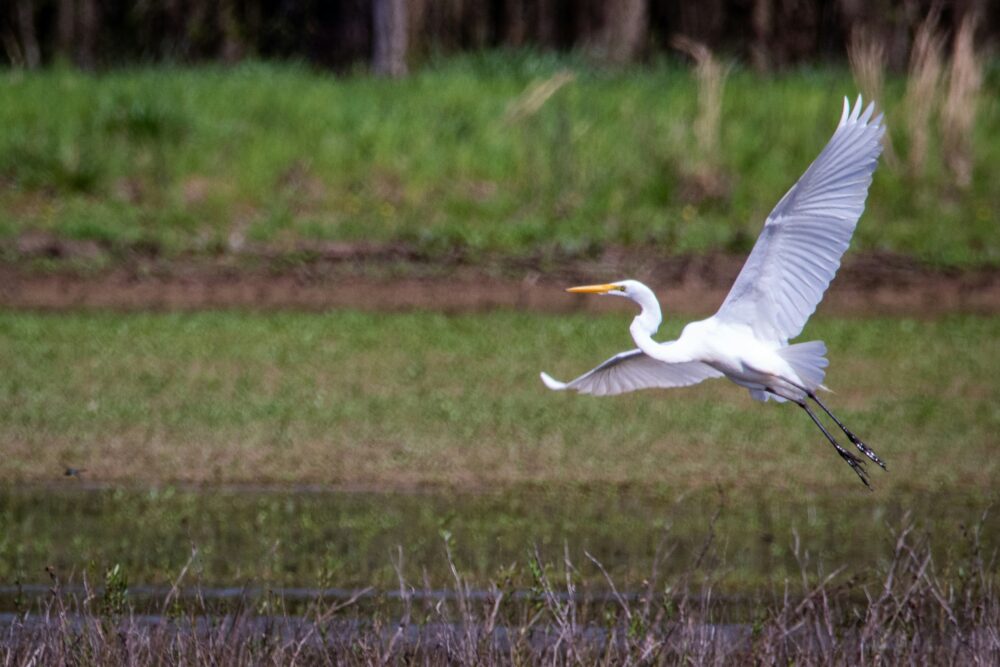We have much more to do and your continued support is needed now more than ever.
A New Home for Fish: How Offshore Wind Turbines Create Artificial Reefs

The fishing community cannot be characterized plainly. For many people – from anglers that fish recreationally to those who make their living from the seas – there is so much to be gained off our shores. But, with fishery production declining due in part to warming oceans, people who fish are feeling the heat.
Rising ocean temperatures and acidification due to heightened carbon emissions are putting many of the fish that some rely on for their livelihood in harm’s way. Commercially important shellfish are declining, tropical fish are invading higher latitudes, and most fish are experiencing altered reproduction patterns. The changing climate is largely due to carbon polluting fossil fuels that we burn for energy. The ocean, however, provides an immense carbon-free alternative: offshore wind.
Offshore wind power harnessed far from our coast, when developed responsibly, can both generate electricity on a massive scale and even create habitat for fish! Our friends at Anglers for Offshore Wind Power tell it best – watch this video to hear their story:
It is important for many reasons to harness the tremendous energy potential of offshore wind – but it is also important to recognize the concerns of the communities affected by its development. As the anglers in the video discuss, the new habitats that the turbines create supplement the clean energy benefits to protect and support fish populations.
Public Support is the Key to Moving Forward
We can and should harness offshore wind energy to meet as much of our energy demand as possible. After massive commitments from governors of Atlantic coastal states, however, the federal permitting agency for offshore wind projects, the Bureau of Ocean Energy Management (BOEM), has decided to delay the first utility-scale offshore wind energy project off the coast of Massachusetts. With considerable additions to the queue, BOEM has decided to conduct a supplemental cumulative environmental impact analysis, which is not expected to be finalized until 2020.
Offshore wind energy must be developed responsibly and swiftly to meet the demands of the climate crisis. To do this successfully, public support is vital. That is why the National Wildlife Federation is involved at each stage of offshore wind development, ensuring key steps are taken to protect wildlife, and elevating various angles for supporting responsibly developed offshore wind. Responsible development means using the best available science to inform siting, construction, and operations decisions; avoiding biologically sensitive areas; developing far offshore to reduce potential conflict with birds; comprehensive monitoring pre- and post-construction to avoid, minimize, and mitigate potential impacts to wildlife; effective expert and stakeholder engagement; and alignment with the most current ocean planning efforts. Integrating commitments to best offshore wind development practices in state policy, and with developers – like our historic agreement with Vineyard Wind to protect the endangered North Atlantic Right Whale – will help us swiftly advance this vital clean energy solution together.
You can take action to fight climate change and show your support for responsibly developed offshore wind energy. Will you retweet the following to spread the word?
Support is needed all along the coast for responsibly developed offshore wind power, including projects selected by New Jersey, New York, Rhode Island, and Connecticut in addition to Massachusetts. Check out our state pages to learn the latest. And, if you love to fish, check out these principles for responsible offshore wind development or sign up to stay connected with Anglers for Offshore Wind Power!






















